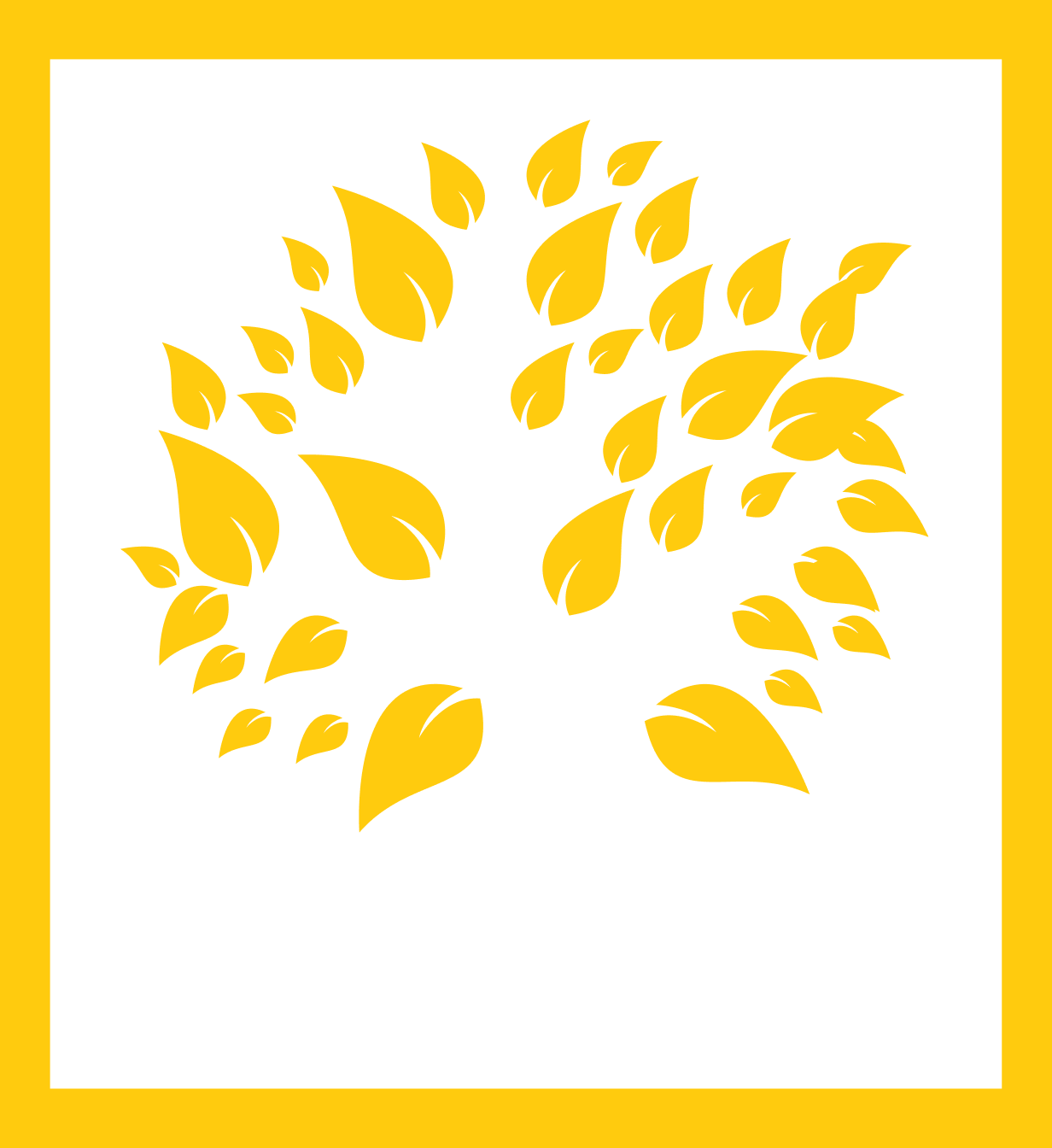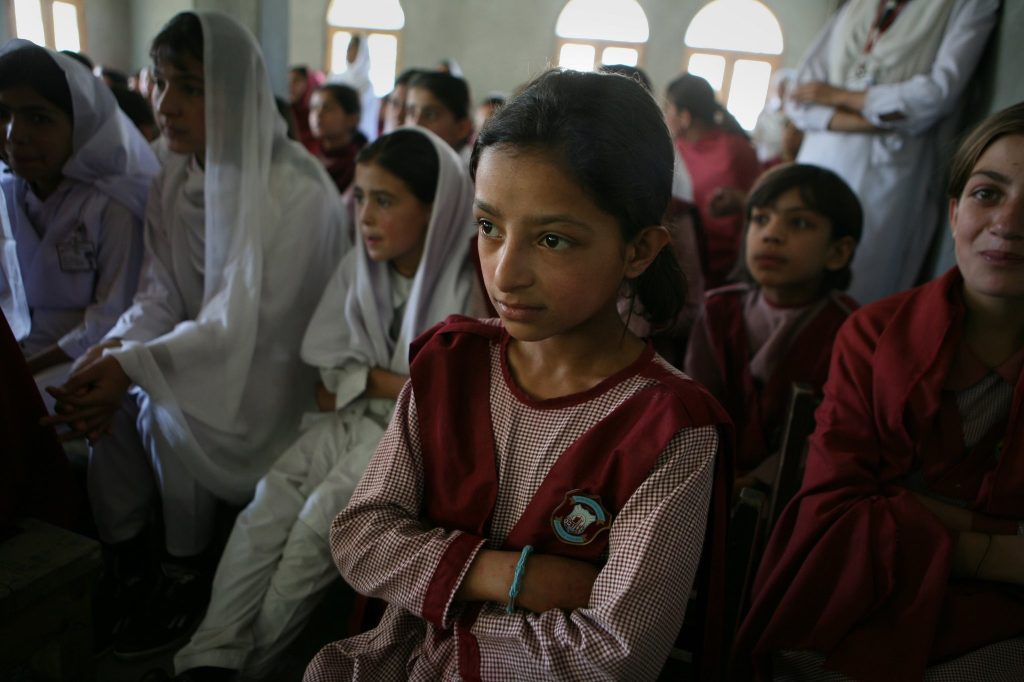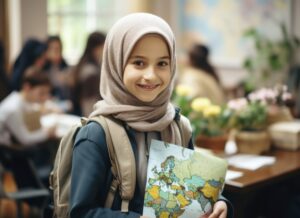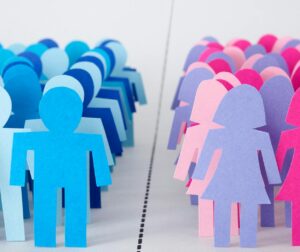In Pakistan, the quest for a quality education remains a distant dream for millions of children, especially girls. Unfortunately, nearly 22.8 million children are not enrolled in educational institutions, and there is a significant gender disparity in access to school. There exist numerous kinds of challenges that hamper the education of girls in the country.
Dismal Dropout Rates
In Pakistan, girls are more likely to dropout of school. Their dropout rate is 32% as opposed to 21% of boys. Additionally, at the end of sixth grade, the school dropout rate is 59% for girls, but it stands at 49% among boys, highlighting a concerning disparity between the two genders. Even in middle school, just 13% of girls attend high school after completing ninth grade.
Regional Disparities
Girls’ education is a problem in almost every part of Pakistan and dangerously high numbers of girls are not in school. It is noteworthy that Balochistan shows an alarming 78% female illiteracy rate, followed by 74% in FATA and 53% in Gilgit Baltistan (GB).
Child Marriage Crisis
Pakistan has the sixth greatest rate of girls’ marriages before the age of 18 worldwide. UNICEF cites a higher percentage of 21% who are married before 18. Additionally, depriving young girls of their infancy, this catastrophic circumstance sustains a cycle of poverty and inequality. The inconsistency of data from numerous sources further complicates the prevalence of early young marriages.
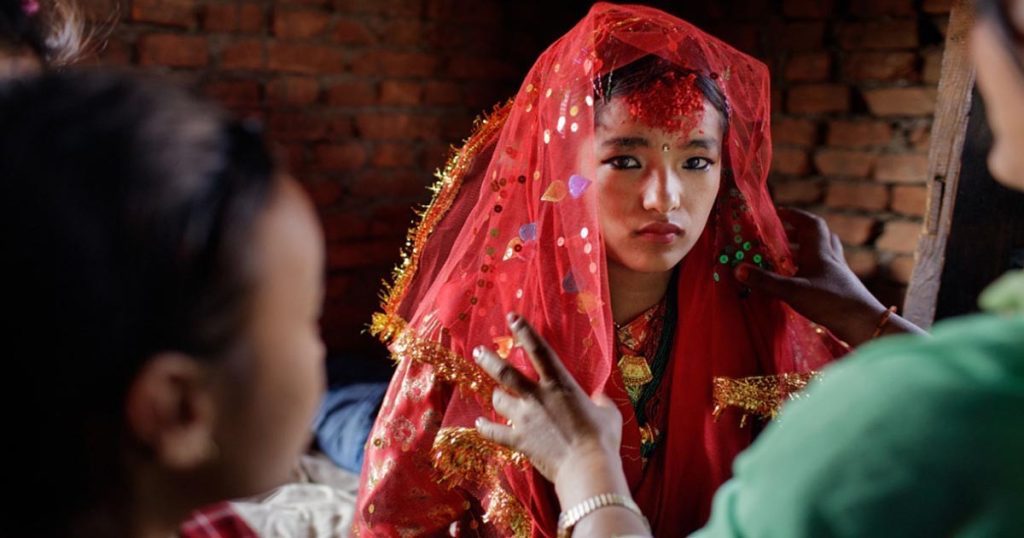
Empowering Through Education
The significance of girls’ education cannot be emphasized enough. Educated girls are more likely to avoid marriage at a young age, enjoy healthier lives, and contribute to economic progress. They are more able to make informed decisions for themselves and their family, therefore breaking the poverty cycle.
Overcoming Barriers
In Pakistan, there are several hurdles to girls’ education. Poverty, child marriage, and gender-based violence continue to be major issues. Another challenge they encounter is the limited availability of free, top-notch educational institutions that employ female instructors. Due to a shortage of such institutions and poor quality education, girls are sometimes forced to resort to early marriages or engage in domestic or paid jobs.
A Call to Action
Although the state of education for girls in Pakistan is critical, it is not beyond restoration. Government investment in the empowerment of girls and collaboration with organizations advocating for gender equality, inclusion, and equity in education are imperative measures that should be taken proactively. To ensure that every girl gets the education she deserves, policies must be properly established and put into action. It is crucial to address these challenges head-on to break the poverty cycle and achieve gender parity, ensuring that every girl in Pakistan can learn and thrive.
Disclaimer: Any opinions expressed in this blog do not necessarily reflect the opinions of CREDP. This content is meant for informational purposes only.
